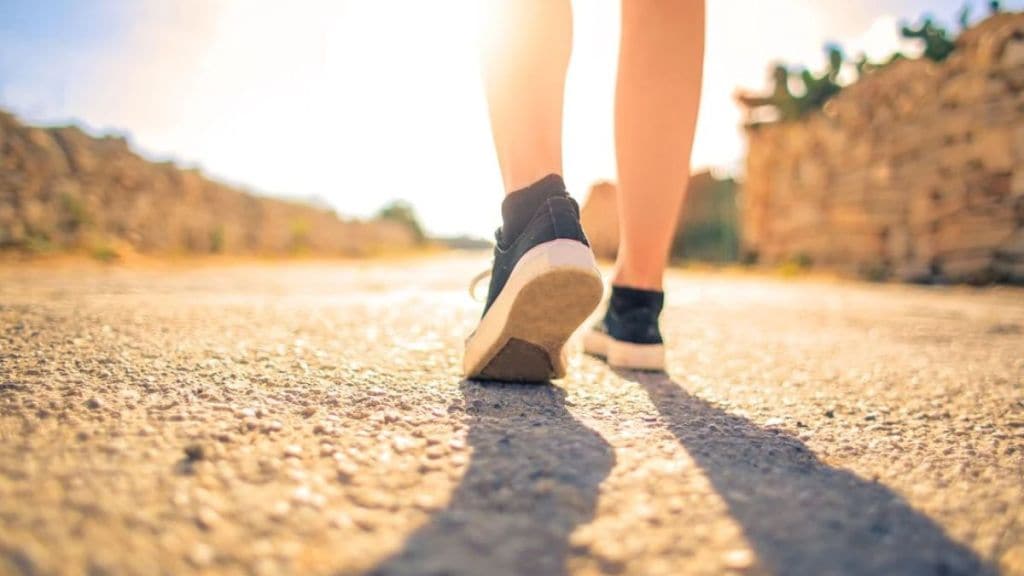Walking is one of the most effective exercises to keep our health in check. It helps control blood sugar, supports weight loss, improves heart health, and keeps joints flexible. But now, doctors are recommending a new way to follow this daily habit and that is by walking backwards instead of forward.
Also called retro walking, this walking style is steadily gaining popularity in rehabilitation and physiotherapy clinics. Doctors say it may reduce knee pain, improve strength, and support long-term joint health, especially for people with early osteoarthritis, anterior knee pain, or those recovering from knee injuries. But does it actually help? We got in touch with an expert who shares insights on the same.
“A big advantage of walking backwards is that it changes how pressure is distributed in the knee joint. This can help reduce stress on the kneecap and make movement less painful,” explains Dr Vaibhav Daga, Head of Sports Science & Rehabilitation at Kokilaben Dhirubhai Ambani Hospital, Mumbai.
A study published in BMC Musculoskeletal Disorders in 2019 found that a six-week backward walking program significantly reduced pain and improved muscle strength in people with knee osteoarthritis.
Why it works?
When we walk forward, the front of the knee (the kneecap area) takes a lot of pressure with each step. Dr Daga explains that walking backwards shifts the pressure away from that area. It also works differently for muscles like the hamstrings, glutes, and calves which help support and stabilise the knee. When you continue doing this then it can protect the joint and make it easier to move without pain.
Other benefits of walking backward
Retro walking can also boost fitness and help you achieve your weight loss goals too. Dr Daga explains walking backwards increases heart rate and burns more calories than walking forward at the same pace.
So, how to start safely?
Dr. Vaibhav Daga suggests you must try walking backward by beginning on a flat, obstacle-free surface, starting with short two to three-minute sessions and gradually increasing the time. “Use a railing, wall, or treadmill handle for support if needed, and wear proper walking shoes to avoid slipping. People with severe balance problems, recent injuries, or vision issues should check with their doctor before trying backward walking. It’s not a cure for everyone, and doing it the wrong way could make knee pain worse instead of better,” he said.
Apart from pain relief, walking backwards can improve balance and coordination by challenging the brain and body to adapt to an unusual movement, strengthen posture and core stability, and offer an effective cardio workout. “It’s not just about reducing discomfort. Backward walking retrains muscles, improves body control, and boosts overall joint health,” adds Dr. Daga.
If you do backward walking the right way, it can be an easy, low-impact habit to keep your joints strong, protect your knees, and support better movement as you age.

